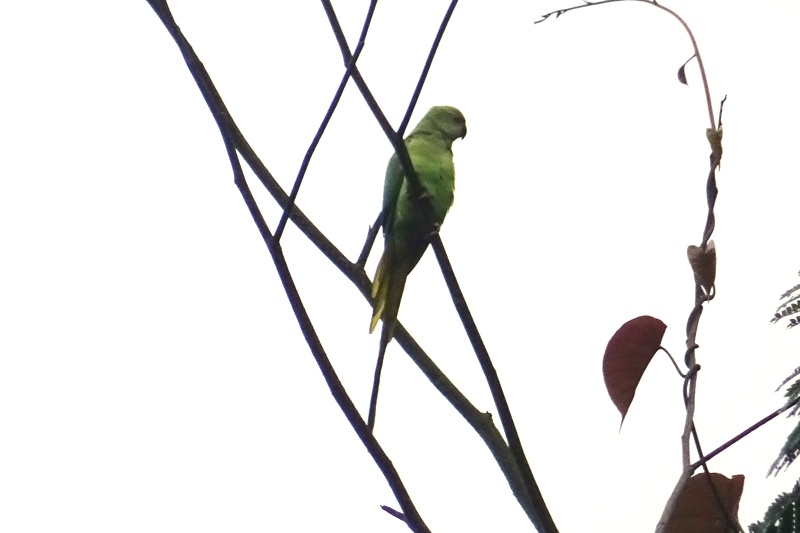Ring-necked parakeet culled at Morne Blanc |11 September 2017
• Bounty to increase to R5,000
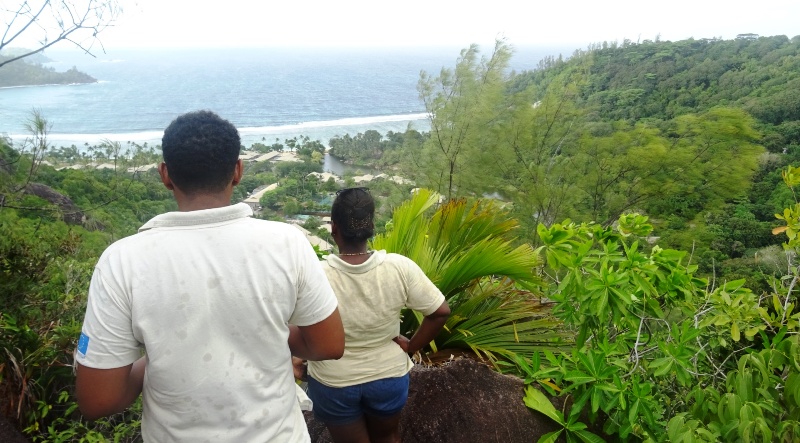
The Seychelles Islands Foundation (SIF) led eradication of the invasive ring-necked parakeet (Kato Ver) on Mahé made 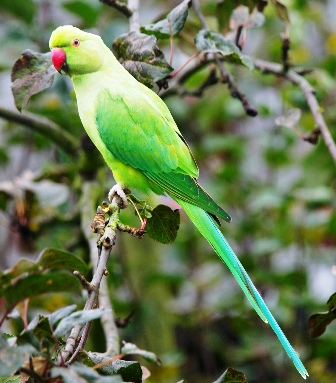 enormous progress last week as the last known bird was shot on Wednesday August 23.
enormous progress last week as the last known bird was shot on Wednesday August 23.
Prior to last week’s successful cull, the last bird shot was in May 2016.
The species is being eradicated due to the threats it poses to the Seychelles black parrot, Seychelles national bird.
The ring-necked parakeet is considered an agricultural pest and is locally controlled in many countries.
However, despite control attempts, the ring-necked parakeet has not yet been successfully eradicated from any country or island.
The near-completion of the Seychelles eradication project and the fact that all of the known birds have been culled puts Seychelles in an unrivalled position to be the first country to achieve ring-necked parakeet eradication.
Although many people have contributed to the project since it started in 2013, the current team consists of Jesse Friedlander, an experienced avian hunter who was part of the original eradication team from 2014 to 2015; Jeremy Waters, a volunteer with previous experience eradicating mynah birds from North Island; and Julio Agricole and Jessica Moumou, invasive alien species technicians who were also part of the original eradication team.
The team was assisted by Verҫange Marie of the Seychelles People’s Defence Forces (SPDF). Mr Marie has been a dedicated and tireless member of the team and SIF is extremely grateful to him and to the SPDF, particularly Chief of Staff Colonel Michael Rosette and Colonel Vincent Luther, for their support in the eradication. Without their willingness this eradication project would not be possible.
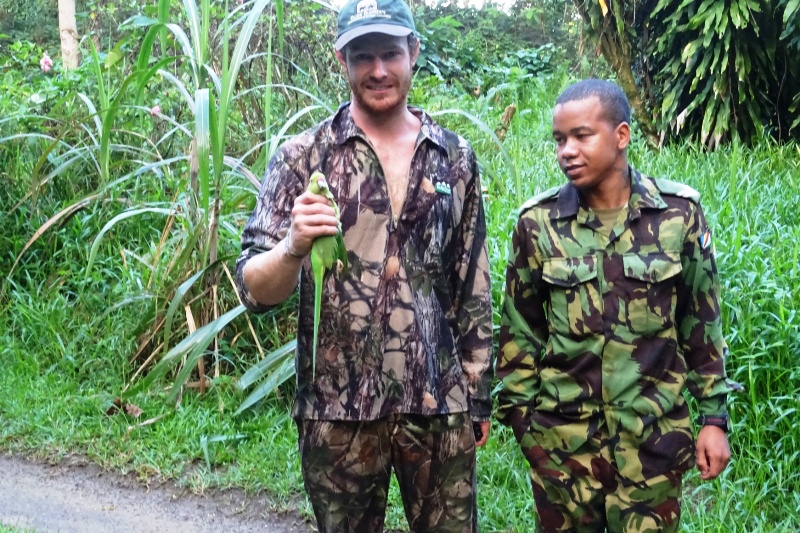
SIF is also extremely grateful to the Ministry of Immigration and Civil Status for their assistance, and to the Environment Trust Fund who have provided the emergency funding to complete the eradication.
A key part of the eradication has been the public information campaign and the information provided by the public has been of vital importance at every stage, especially for the last elusive birds to be targeted.
The sixteen months between the bird shot last week and the one shot in May 2016 is an indication of the difficulty locating birds in the highly vegetated, mountainous and sparsely populated parts of Mahé.
The existence of the bird that was culled last week is thought to be the one discovered as a result of several members of the public, including Wilna Accouche, the former SIF science programme officer, who spotted it near their homes and called the SIF hotline.
Instrumental in the process were Mr and Mrs Damou of Morne Blanc, who notified the team each time they saw the bird in the albizia tree on their property. Their continuous efforts allowed the eradication team to identify the most likely position in which to shoot it and following the successful cull last Wednesday Mr and Mrs Damou were awarded the R2,000 bounty.
Following the successful cull Mr Damou said that “this is very special for us because we have been ringing about the bird as long ago as five years”.
Mrs Damou has stated that she is supporting SIF in this initiative in order to “keep our endemic black parrot safe, we have to protect the parrot!”
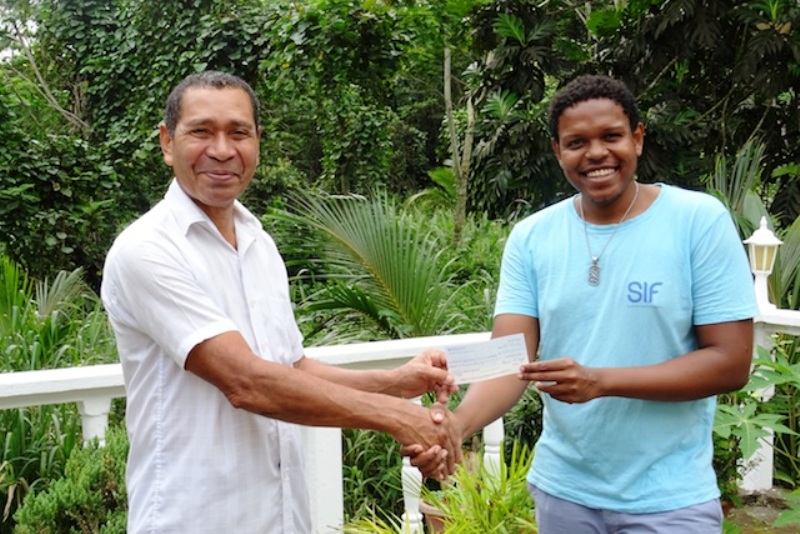
Although the last known bird in the wild has been culled, it is possible that there are more ring-necked parakeets remaining on Mahé.
The bounty awards have now been increased to R500 for a parakeet sighting which is confirmed by the eradication team, and R5000 for a confirmed sighting which then leads to a cull by the team.
If you have any information on recent sightings of these birds please contact the team as soon as possible on 2523623.
Any remaining birds are likely to be very wary and cautious so please do not attempt to catch or approach them, just take note of what the bird is doing and the date, time and place, and then call SIF.
